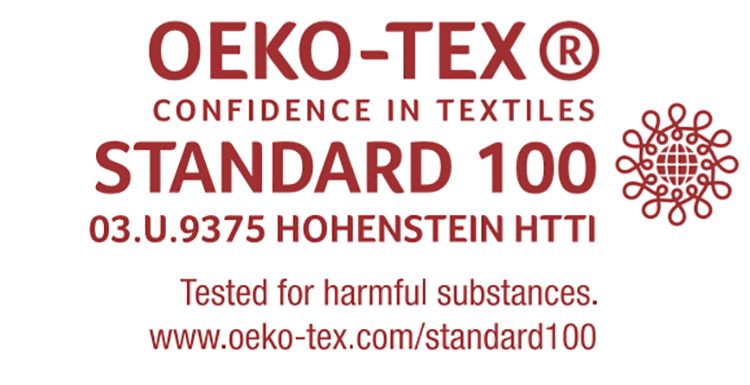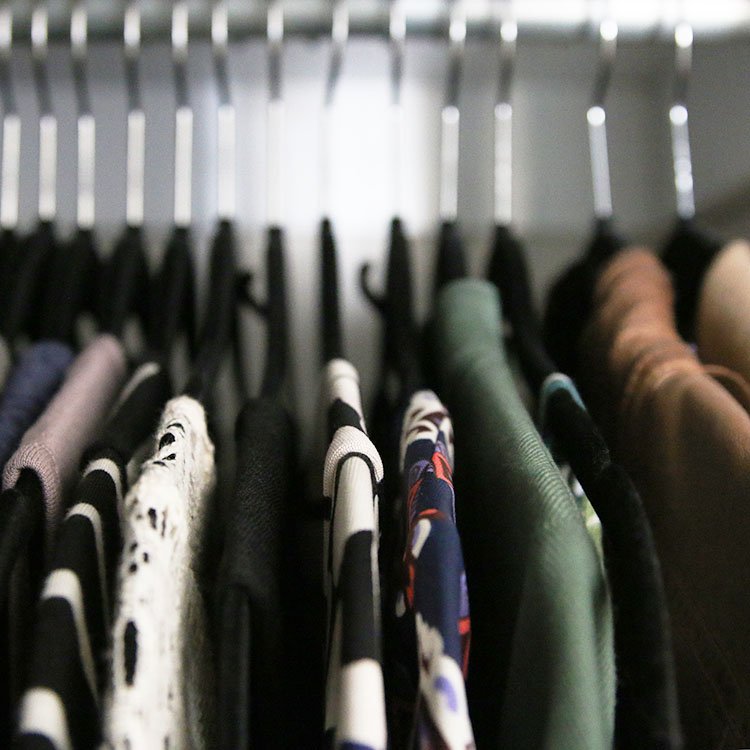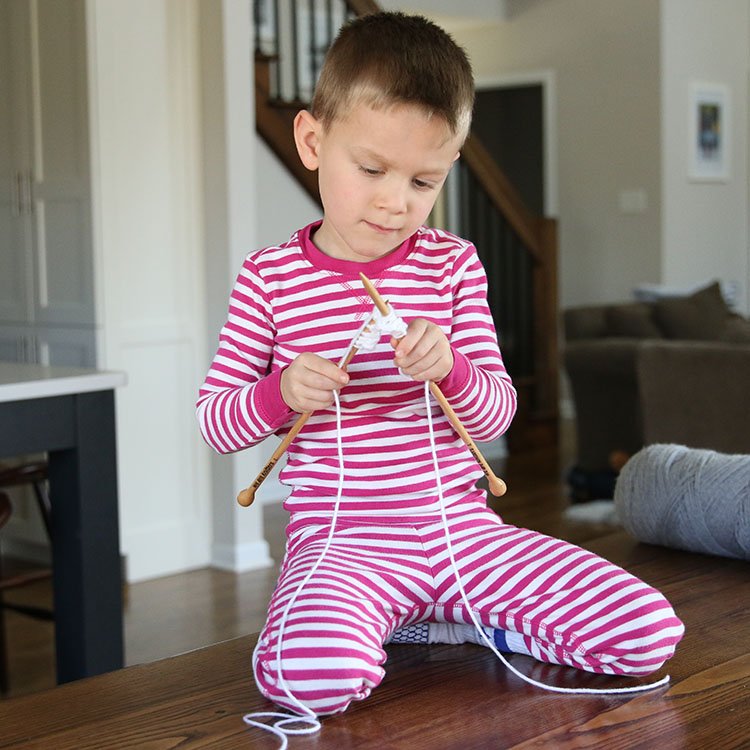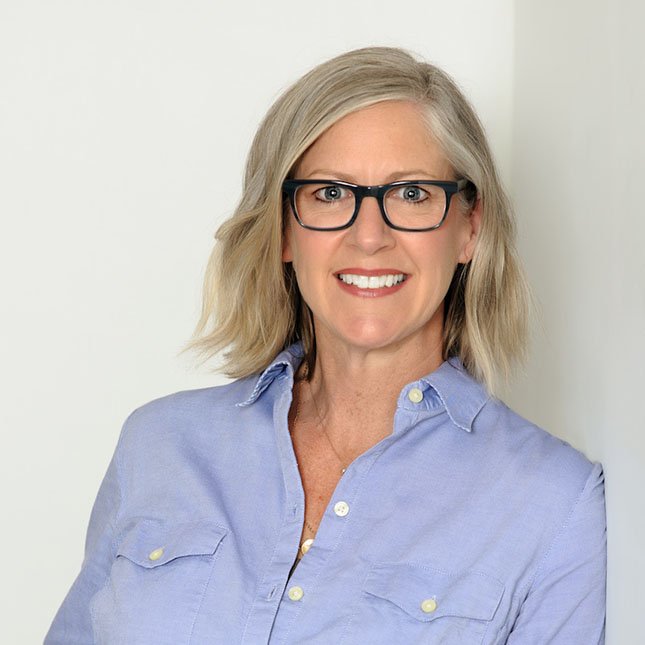What Is STANDARD 100 by OEKO-TEX® and Why Is It Important?
Navigating complex global supply chains to understand the sustainability of kids’ clothing is challenging for manufacturers and even more difficult for consumers. Read about how STANDARD 100 by OEKO-TEX® can offer manufacturers the independent expertise to validate the safety of children’s clothing and provide confidence to consumers that kids’ clothes meet rigorous and reliable safety criteria.
This post is sponsored by OEKO-TEX®. All opinions are my own.

Today is World Children’s Day, an annual day established by the United Nations in 1954 to increase awareness for children’s rights and focus on improving children’s welfare around the world. With limited ability to advocate for themselves, it’s particularly important that we advocate for and protect the young people in our lives.
This year also commemorates the thirtieth anniversary of the Convention on the Rights of the Child, an international treaty to define and established on World Children’s Day to promote the protection of the basic rights of children. This Convention had encouraged people and organizations around the world to set policies and establish criteria for ensuring the pursuit of a safe and genuine childhood for all kids.
One way we can advocate for our children’s safety is to ensure we provide them with kids’ clothing that is tested for toxins and harmful substances. Certification based on STANDARD 100 by OEKO-TEX® signifies that textile products have been tested and vetted to ensure they are safe for children.
Unfortunately, many companies use harsh chemicals, toxic dyes, and contaminated materials in clothing made for children. As the volume of fast fashion available to kids increases, the quality of many of these products continues to decline. Independent certification like STANDARD 100 by OEKO-TEX® gives us confidence that the kids’ clothing and textiles we buy are safer for young developing brains and bodies.

What is the STANDARD 100 by OEKO-TEX® Certification?
OEKO-TEX® is a group of 18 independent research and test institutes. Together they develop test methods and standards which form the basis of their certifications and against which products are assessed for compliance. Through the certification process, they take into account the numerous regulated and non-regulated substances which may be harmful to human health.
In many cases, the limit values for the STANDARD 100 by OEKO-TEX® are more conservative than national and international requirements. The criteria catalog is updated at least once a year and expanded with new scientific knowledge or statutory requirements. OEKO-TEX® offers a centralized repository of expertise on the safety of textiles from thread to fabric, notions, and finishes to help companies ensure their health and safety standards are current and compliant.
Because there are so many potential chemicals and toxins amid a changing global landscape of manufacturing and product development processes, many textile companies struggle to ensure the safety and sustainability of their products on their own. Using independent certification not only increases consumer confidence in their sustainability and safety claims but also provides expertise that may not otherwise be available to companies individually.
More specifically, to meet the STANDARD 100 by OEKO-TEX® certification, products must be proven safe from over 350 chemicals, and comply with worldwide legal regulations (such as banned azo dyes, formaldehyde, pentachlorophenol, pesticides, cadmium, and nickel) and US Consumer Product Safety Improvement Act (CPSIA) requirements regarding lead.

Why is STANDARD 100 by OEKO-TEX® Certification Important For Sustainable Kids’ Clothes?
As parents and guardians of young children, we want to provide our children with the best and safest products that fit in our budget. That includes dressing them in clothes that don’t harm their health, and textiles in a variety of price points have earned the STANDARD 100 certification.
When clothes are certified to meet STANDARD 100 by OEKO-TEX®, we can feel comfortable knowing they are safe from hundreds of harsh chemicals and toxins. Those toxins and chemicals aren’t sitting on our children’s skin or seeping into our water supplies during production and washes.
Does OEKO-TEX® certify all components of a particular item of clothing?
To earn the STANDARD 100 by OEKO-TEX® certification, independent labs test every single component and ingredient before the final article is allowed to carry the STANDARD 100 label. Threads and stitching, buttons and zippers, and fabrics and linings of an article of clothing all must comply with the respective OEKO-TEX® criteria that apply to each particular element of the textile product. Even the prints and coatings applied to the outer material are tested for harmful substances according to the criteria applicable to them.
OEKO-TEX® ensures consistency among products and certifications by using uniform global standards across institutes around the globe. Each of these institutes tests the components of a textile product using the same methods and limit values.
How Do I Know If Sustainable Kids Clothes Meet STANDARD 100 by OEKO-TEX® Certified?
After textiles have passed the STANDARD 100 by OEKO-TEX® certification requirements, they can include a STANDARD 100 label to indicate their compliance with the global standard. Further, OEKO-TEX® maintains a Label Check tool on its website that allows consumers to check the validity of a label and ensure it is still compliant with the latest OEKO-TEX® criteria.

STANDARD 100 by OEKO-TEX® has been used by companies around the world for many years. Consumers rely on this certification to validate the safety and sustainability of textile products, including sustainable kids’ clothing, from more than 16,000 companies. In a consumer market built on complex global supply chains, internationally-recognized certifications like STANDARD 100 by OEKO-TEX® give us confidence that brands meet the safety and sustainability standards we desire for our kids.











